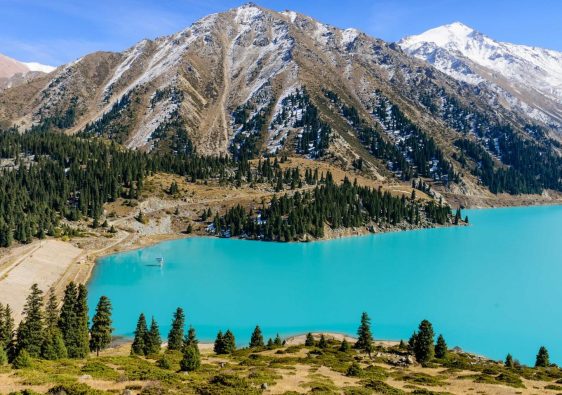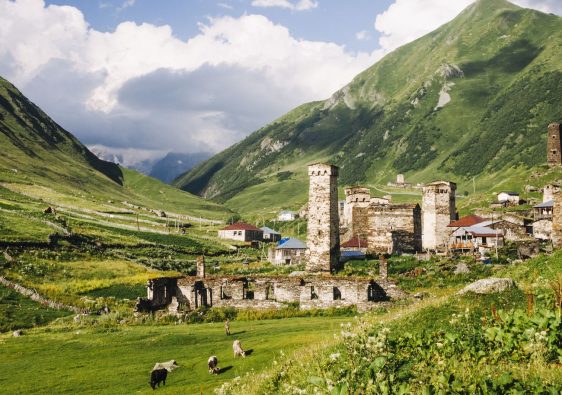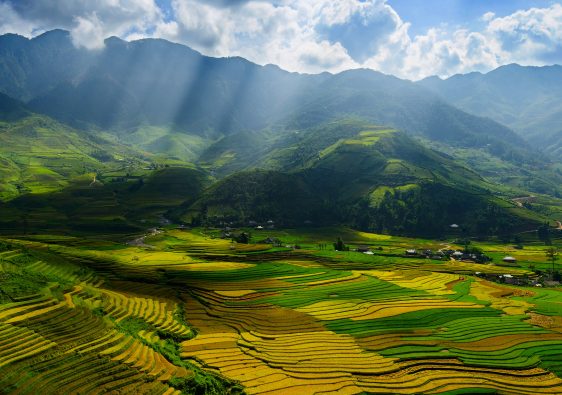India is a country rich in history, culture, and diversity, offering a plethora of fascinating facts beyond its well-known landmarks and achievements. Here are some lesser-known facts about India:
1. Floating Post Office
India is home to the world’s only floating post office, located in Dal Lake, Srinagar, Kashmir. This post office operates from a houseboat and offers regular postal services to locals and tourists alike.
2. Kumbh Mela
The Kumbh Mela, a Hindu pilgrimage, is the largest gathering of people on Earth. It is held every 12 years and rotates among four locations in India: Haridwar, Prayagraj (formerly Allahabad), Nashik, and Ujjain. The Maha Kumbh Mela, held every 144 years, attracts millions of pilgrims.
3. Shampooing Origin
The word “shampoo” is derived from the Sanskrit word “champu,” which means to massage or knead. The concept of shampooing originated in India, where herbs and natural ingredients were used for hair care.
4. Siachen Glacier:
The Siachen Glacier, located in the eastern Karakoram Range in the Himalayas, is the world’s highest battlefield. India and Pakistan have been engaged in a military standoff in this region since 1984.
5. Jatinga Bird Mystery
Jatinga, a village in Assam, experiences a peculiar phenomenon known as the “Jatinga Bird Mystery.” During late monsoon nights, migratory birds fly towards artificial lights and end up crashing to the ground. The reasons behind this behavior are still not fully understood.
6. Shani Shingnapur
Shani Shingnapur is a village in Maharashtra where houses have no doors. The villagers believe that the Hindu god Shani (Saturn) protects their village, and therefore, thefts are rare.
7. The Indian Railways
India boasts one of the largest railway networks in the world. The Nilgiri Mountain Railway, a UNESCO World Heritage Site, is one of the oldest mountain railways still in operation.
8. Living Root Bridges
Meghalaya, a state in northeastern India, is home to living root bridges. These bridges are made by intertwining the aerial roots of the Ficus elastica tree, and they become stronger over time.
9. Democracy Diversity
India is the world’s largest democracy and is known for its diversity. It has over 2,000 distinct ethnic groups and more than 1,600 spoken languages.
10. The Sundarbans
The Sundarbans, a vast mangrove forest in the Ganges Delta, is the largest tidal halophytic mangrove forest in the world. It is home to the Bengal tiger and is a UNESCO World Heritage Site.
These are just a few examples of the many intriguing aspects of India’s culture, geography, and history.




